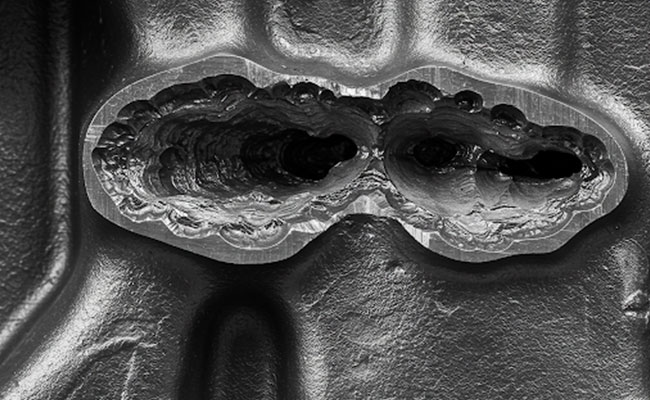
Non-Destructive Testing Methods for Casting Quality Control part 2
2025-05-20
The Evolution of Die Casting: Precision for High-Volume Production
2025-06-03In the automotive industry, forging is primarily used for producing high-strength, high-durability parts that need to withstand extreme stresses. Common forged components include:
Crankshafts: Forged crankshafts are preferred because of their ability to withstand the high torque and stress produced by internal combustion engines.
Connecting Rods: These are also commonly forged, as they need to handle the immense forces in an engine. Forged connecting rods are typically stronger and more reliable than cast ones.
Wheel Hubs: Forged wheel hubs are strong and lightweight, making them ideal for automotive applications.
Axles: The strength of forged axles helps them handle the weight of the vehicle and the forces encountered during driving.
Steering Components: Certain steering components like knuckles and spindles are forged to ensure they can endure the mechanical stresses from driving.
Suspension Components: Parts like control arms, wishbones, and tie rods may be forged for enhanced strength and reliability.
Forged parts are often favored over cast or stamped parts in applications that require high strength, resistance to fatigue, and minimal weight. The process can produce complex shapes with superior material properties like improved grain flow, which increases the part’s overall strength and performance.




